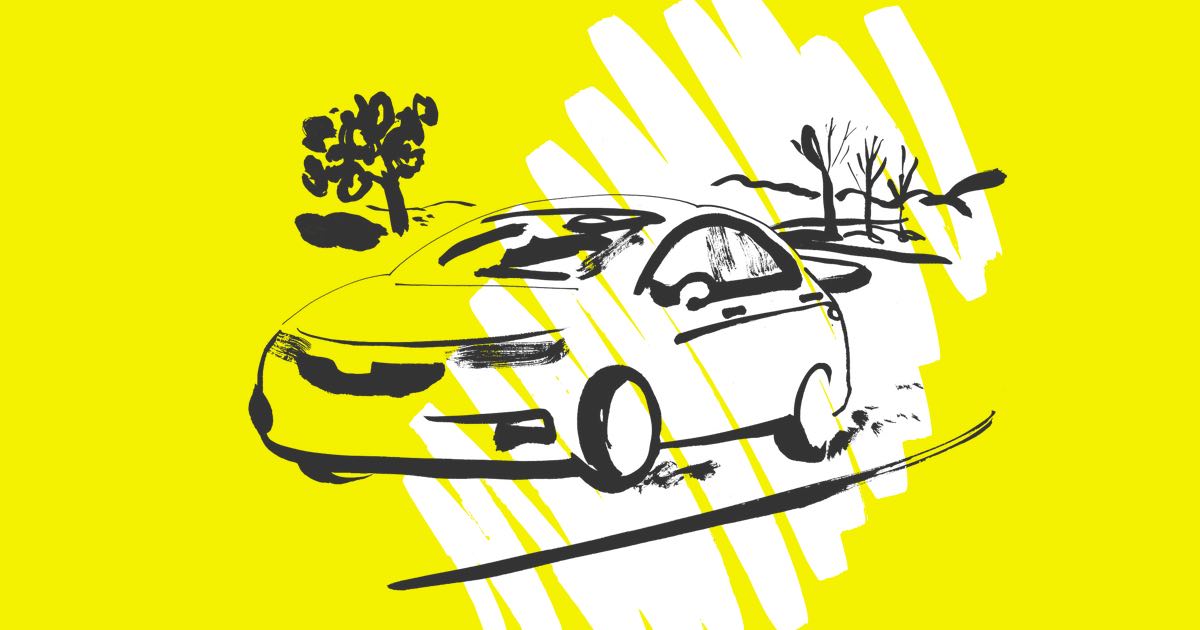I would like to ask people in the know or who own/have operated Maxus vans.
What's wrong with these vans?
I have the eDeliver 3 on my radar but can't help but notice that all Maxus vans, including eDeliver 9's and ICE versions on classified websites are very low mileage, ie below 50k miles.
Not one over 60k miles to be found across Europe, except two diesel V80's.
Surely these vans should be used for deliveries with some shedding high mileage examples?
Do they go wrong and what goes wrong?
Why are so many getting rid of low mileage examples after so little use?

 www.autoscout24.com
www.autoscout24.com
What's wrong with these vans?
I have the eDeliver 3 on my radar but can't help but notice that all Maxus vans, including eDeliver 9's and ICE versions on classified websites are very low mileage, ie below 50k miles.
Not one over 60k miles to be found across Europe, except two diesel V80's.
Surely these vans should be used for deliveries with some shedding high mileage examples?
Do they go wrong and what goes wrong?
Why are so many getting rid of low mileage examples after so little use?

Used Maxus listings at AutoScout24
Here's where you'll find current Maxus used car listings at AutoScout24, the largest pan-European online car market.





